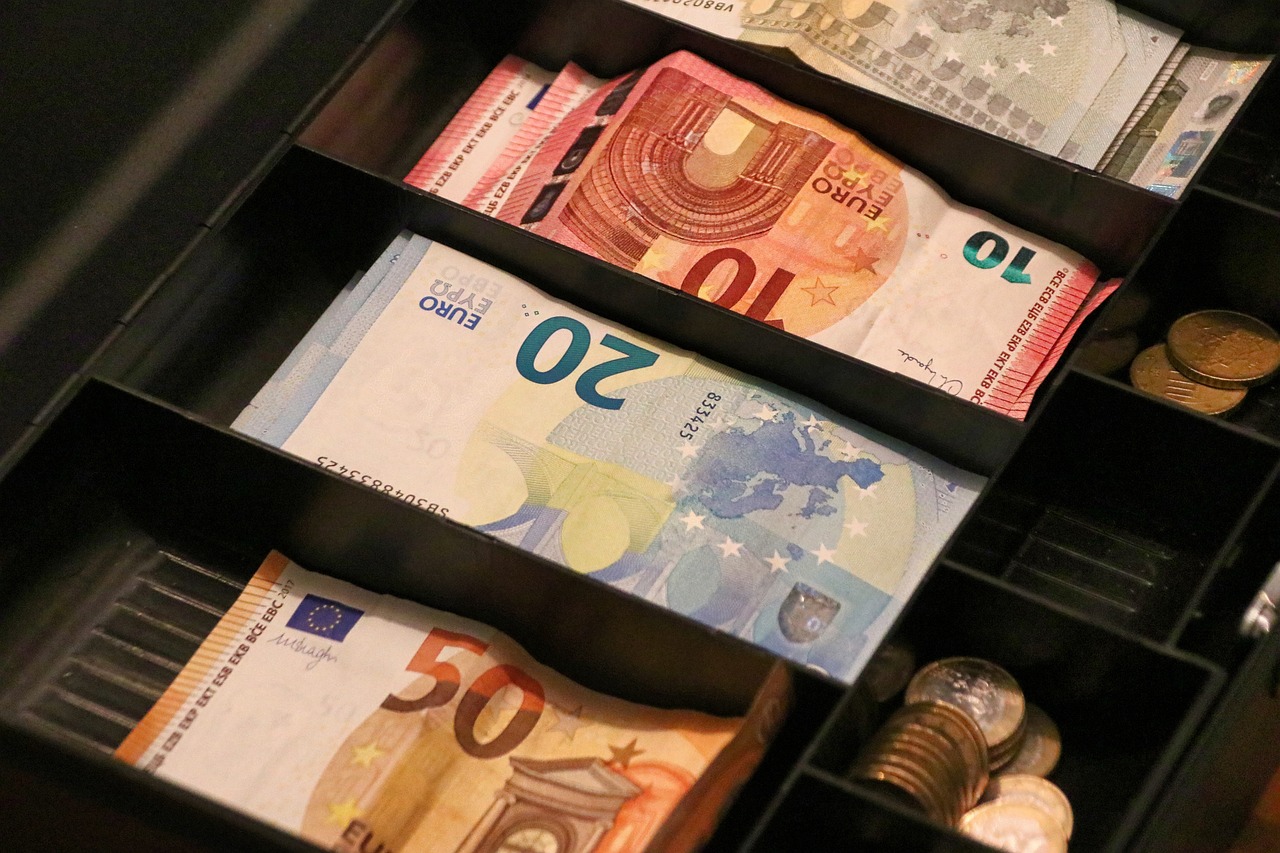Understanding USD to TWD Exchange Rates: History, Key Factors, and Conversion Tips
GPT_Global - 2025-10-31 21:00:57.0 156
How can I check the historical exchange rates for USD to TWD?
When sending money from the United States to Taiwan, understanding the historical exchange rates between USD and TWD is essential for making smart remittance decisions. Tracking past exchange trends helps you identify the best time to transfer funds, potentially saving you a significant amount on conversion fees.
To check historical exchange rates for USD to TWD, you can use reputable financial platforms such as XE, OANDA, or Wise. These platforms provide detailed charts and data showing how the New Taiwan Dollar has fluctuated against the U.S. Dollar over specific timeframes. You can compare daily, weekly, or yearly rates to find patterns that may influence your remittance strategy.
By analyzing past USD to TWD rates, you gain valuable insights into currency stability and market trends. This knowledge allows you to plan your international money transfers strategically—choosing the most favorable exchange rate and maximizing the value received in Taiwan. Always verify rates through trusted remittance providers before sending funds to ensure transparency and competitive pricing.

What is the difference between the "buy" and "sell" exchange rates for USD to TWD?
The exchange rate between the US Dollar (USD) and the Taiwan Dollar (TWD) plays a crucial role in the remittance business. When sending money overseas, understanding the difference between the "buy" and "sell" rates can help consumers make more informed decisions.
The "buy" exchange rate refers to the price at which a bank or money transfer service is willing to purchase foreign currency, typically from individuals. On the other hand, the "sell" rate is the price at which they sell foreign currency to consumers. The difference between these rates is known as the "spread."
For remittance businesses, the spread between the buy and sell rates often represents a significant factor in the cost of transferring money. A higher spread means that the service provider is offering less favorable rates, which could result in higher fees for the sender or a reduced amount received by the recipient.
To maximize the value of remittances, it's essential for consumers to compare buy and sell rates offered by various providers. Doing so can lead to a more cost-effective transfer, ensuring that both the sender and the receiver get the most value for their money.
How much would 1000 US dollars convert to in Taiwan dollars?
When sending money from the United States to Taiwan, understanding the current exchange rate is crucial for both businesses and individuals. If you want to convert 1,000 US dollars to Taiwan dollars (TWD), it's essential to check the latest exchange rates as they fluctuate regularly. As of the most recent data, 1 USD equals approximately 30 TWD, which would make 1,000 US dollars equal to around 30,000 Taiwan dollars.
However, keep in mind that exchange rates can vary slightly depending on where the transaction takes place. Remittance services such as online money transfer platforms or physical agents may charge fees or offer different rates. This could impact how much you receive after conversion.
If you're looking to send money to Taiwan, it's a good idea to compare remittance services to find the best deal. Many services offer competitive rates, low fees, and fast transfer times, ensuring that you get the most value for your money when converting US dollars to Taiwan dollars.
How does the US Federal Reserve influence the USD to TWD exchange rate?
The US Federal Reserve plays a key role in influencing the exchange rate between the US Dollar (USD) and the Taiwanese Dollar (TWD). Its monetary policy decisions, such as interest rate changes and quantitative easing, directly impact the value of the USD in international markets, including Taiwan.
When the Federal Reserve raises interest rates, it typically strengthens the USD because investors are attracted to higher returns on US assets. A stronger USD can lead to a decrease in the value of the TWD against the USD, which could affect remittance rates for those sending money from Taiwan to the US or vice versa.
On the other hand, when the Federal Reserve cuts interest rates or implements policies to stimulate the economy, the USD may weaken, which could increase the value of the TWD. For remittance businesses, understanding these fluctuations is crucial for offering competitive exchange rates to customers who rely on international money transfers.
Overall, the US Federal Reserve’s policies have a significant influence on the USD/TWD exchange rate, which in turn impacts the costs and efficiency of remittance services. Monitoring these changes helps businesses stay ahead in the competitive remittance market.
Can I find a better exchange rate for USD to TWD in a Taiwanese bank or a foreign exchange service?
When sending money internationally, getting the best exchange rate can significantly impact the amount received by the recipient. If you're looking to convert USD to TWD (Taiwan Dollar), you may wonder whether it's better to do so at a Taiwanese bank or a foreign exchange service. Both options have their advantages.
Taiwanese banks often offer competitive exchange rates, especially for customers who already have accounts with them. However, they may charge additional fees or offer slightly less favorable rates for smaller transactions. It's always important to check their current rates before making a decision.
On the other hand, foreign exchange services, such as those operated by money transfer companies or online platforms, may provide better exchange rates due to lower operational costs. These services often offer faster transfers and competitive rates without the extra fees that banks might charge.
To maximize your remittance, it's worth comparing both options. Consider factors like the transaction speed, fees, and current exchange rates to determine the most cost-effective solution for sending USD to TWD.
Does the exchange rate of USD to TWD vary by region in Taiwan?
The exchange rate of USD to TWD (U.S. Dollar to New Taiwan Dollar) does not vary by region in Taiwan, but the actual rates offered by banks and money exchange services may differ slightly due to transaction fees or service margins. The official exchange rate is set by Taiwan’s Central Bank and fluctuates based on global forex markets, but each financial institution can adjust its rate according to business policies and operational costs.
For individuals or businesses sending money to Taiwan, it’s essential to compare rates among banks, online remittance platforms, and currency exchange counters. Some digital remittance providers offer more competitive USD to TWD rates with lower transfer fees and faster delivery times. These platforms often use real-time exchange rates and provide transparent cost breakdowns, ensuring you get more value for your money.
In conclusion, while the USD to TWD exchange rate itself is uniform across Taiwan, the total amount received can vary depending on the service you choose. To maximize your remittance, compare rates before transferring and consider using trusted online remittance platforms for better convenience and savings.
What are the pros and cons of exchanging US dollars to Taiwan dollars at the airport?
Exchanging US dollars (USD) to Taiwan dollars (TWD) at the airport can be convenient but comes with both advantages and drawbacks. One of the main benefits is accessibility; currency exchange counters are available 24/7, making it easy for travelers arriving at any time. Additionally, airports offer immediate service, allowing you to get your local currency quickly.
However, the exchange rate at airports is often less favorable than those offered by banks or local exchange services. Airport currency exchanges typically charge higher fees and provide lower rates to cover their operating costs. This can result in getting fewer Taiwan dollars for your US dollars compared to other options.
If you prioritize convenience and speed, exchanging money at the airport may suit your needs. But for those seeking better rates, it’s often wiser to exchange currency at a local bank or through a reputable remittance service before or after arrival. Weighing the pros and cons can help you make an informed decision for your travel finances.
How does Taiwan’s foreign currency reserve impact the TWD’s strength against USD?
Taiwan’s foreign currency reserve plays a significant role in determining the strength of the Taiwanese Dollar (TWD) against major currencies like the US Dollar (USD). A higher reserve typically signals a stable and strong economy, which can help bolster the TWD’s value. Conversely, a decrease in reserves can lead to a weaker TWD, making imports more expensive and potentially causing fluctuations in exchange rates.
The reserve acts as a cushion for Taiwan, enabling the government to intervene in foreign exchange markets to stabilize the TWD if needed. When Taiwan’s foreign currency reserves are high, it provides confidence to international investors and markets, strengthening the TWD against the USD. This has direct implications for remittance businesses, as fluctuations in currency exchange rates affect the amount received by recipients.
For remittance businesses, understanding Taiwan’s foreign currency reserve trends is crucial. When the TWD strengthens, remittance services can offer better rates, which attracts more customers looking to send money. Keeping an eye on reserve levels helps businesses navigate the changing exchange rate landscape and offer competitive services to their clients.
About Panda Remit
Panda Remit is committed to providing global users with more convenient, safe, reliable, and affordable online cross-border remittance services。
International remittance services from more than 30 countries/regions around the world are now available: including Japan, Hong Kong, Europe, the United States, Australia, and other markets, and are recognized and trusted by millions of users around the world.
Visit Panda Remit Official Website or Download PandaRemit App, to learn more about remittance info.



